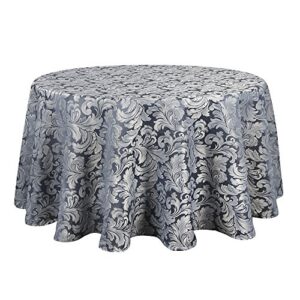Is Wool Stain-Resistant or Mohair? Fabric Mixing Guide
Fabric compatibility is crucial in fashion and sewing, impacting the final look, feel, and durability of garments. Wool and mohair are two luxurious fibers often considered for their unique properties. In this article, we will explore whether these fabrics can be mixed effectively and what you need to know about their compatibility.
Compatibility Analysis
Yes, wool and mohair can be mixed successfully, creating a fabric blend that combines the best of both worlds. The compatibility of these fibers hinges on several factors:
- Texture: Both fibers have a natural texture, but mohair is silkier and shinier, adding a luxurious sheen to the blend.
- Weight: Wool is generally heavier, while mohair is lighter and more airy, leading to a balanced fabric weight.
- Stretch: Wool has natural elasticity, which complements the slight stretch of mohair, enhancing comfort.
- Care Requirements: Both require gentle care, often hand washing or dry cleaning, making them compatible in terms of maintenance.
- Durability: Mohair is known for its strength, which can reinforce the durability of wool when blended.
Fabric Properties Comparison Table
| Property | Wool | Mohair |
|---|---|---|
| Fiber Content | Natural | Natural |
| Weight and Thickness | Medium to heavy | Light to medium |
| Breathability | High | High |
| Moisture-Wicking | Moderate | High |
| Stretch and Elasticity | Moderate | Slight |
| Wrinkle Resistance | Moderate | High |
| Care Instructions | Hand wash or dry clean | Hand wash or dry clean |
| Durability | High | Very high |
Benefits of Mixing These Fabrics
- Enhanced Texture and Visual Interest: The combination of wool’s warmth and mohair’s sheen creates a visually appealing texture.
- Improved Comfort and Performance: The blend offers warmth without bulk, making it ideal for various climates.
- Better Drape and Movement: Mohair’s lightness adds fluidity to wool’s structure, enhancing the garment’s drape.
- Cost-Effectiveness: Blending can reduce costs while maintaining a luxurious feel.
- Seasonal Versatility: Suitable for both winter and transitional seasons.
- Design Possibilities: Offers a range of design options, from tailored suits to cozy knitwear.
Potential Challenges
- Different Shrinkage Rates: Wool may shrink more than mohair; pre-washing or steaming can mitigate this.
- Conflicting Care Requirements: Both fibers require gentle handling, but care instructions must be followed carefully.
- Texture Clash or Pilling: Regular de-pilling can maintain the fabric’s appearance.
- Seam Puckering: Use appropriate needle and thread to avoid puckering.
- Color Bleeding or Fading: Test for colorfastness before washing; use color-safe detergents.
Sewing & Styling Tips
- Best Sewing Techniques: Use a ballpoint needle and polyester thread for elasticity.
- Needle and Thread Recommendations: A size 70/10 needle is ideal.
- Interfacing and Stabilizer Needs: Lightweight interfacing helps maintain structure.
- Seam Finishing Methods: French seams or serging prevent fraying.
- Pattern Selection Advice: Opt for patterns that highlight the fabric’s drape, such as flowing skirts or tailored jackets.
- Styling Ideas: Pair with complementary textures like silk or cotton for contrast in fashion and home decor.
Care & Maintenance Guide
- Washing Instructions: Hand wash in cold water with mild detergent or dry clean.
- Drying Recommendations: Lay flat to dry to maintain shape.
- Ironing and Steaming Tips: Use a low heat setting with a pressing cloth.
- Stain Removal: Treat stains promptly with a gentle stain remover.
- Long-Term Care: Store in a cool, dry place away from direct sunlight to prevent fading.
FAQ Section
-
Can you wash wool and mohair together?
- Yes, but hand wash with care or opt for dry cleaning.
-
Will wool shrink more than mohair?
- Wool is prone to more shrinkage; pre-washing can help.
-
What needle size should I use for sewing these fabrics together?
- A size 70/10 needle is recommended for best results.
-
Can you mix wool and mohair in one garment?
- Absolutely, they blend well for a luxurious finish.
-
How do you prevent fabric issues when combining these fabrics?
- Pre-test for shrinkage and colorfastness, and use appropriate sewing techniques.
-
Is it okay to mix wool and mohair for upholstery?
- Yes, but ensure the blend is suitable for the intended use.
-
What’s the best way to finish seams with these fabrics?
- French seams or serging are ideal for a clean finish.
In conclusion, wool and mohair can be blended effectively, offering a range of benefits in fashion and home decor. By understanding their properties and care requirements, you can create beautiful, durable garments that stand the test of time.

Leave a Reply